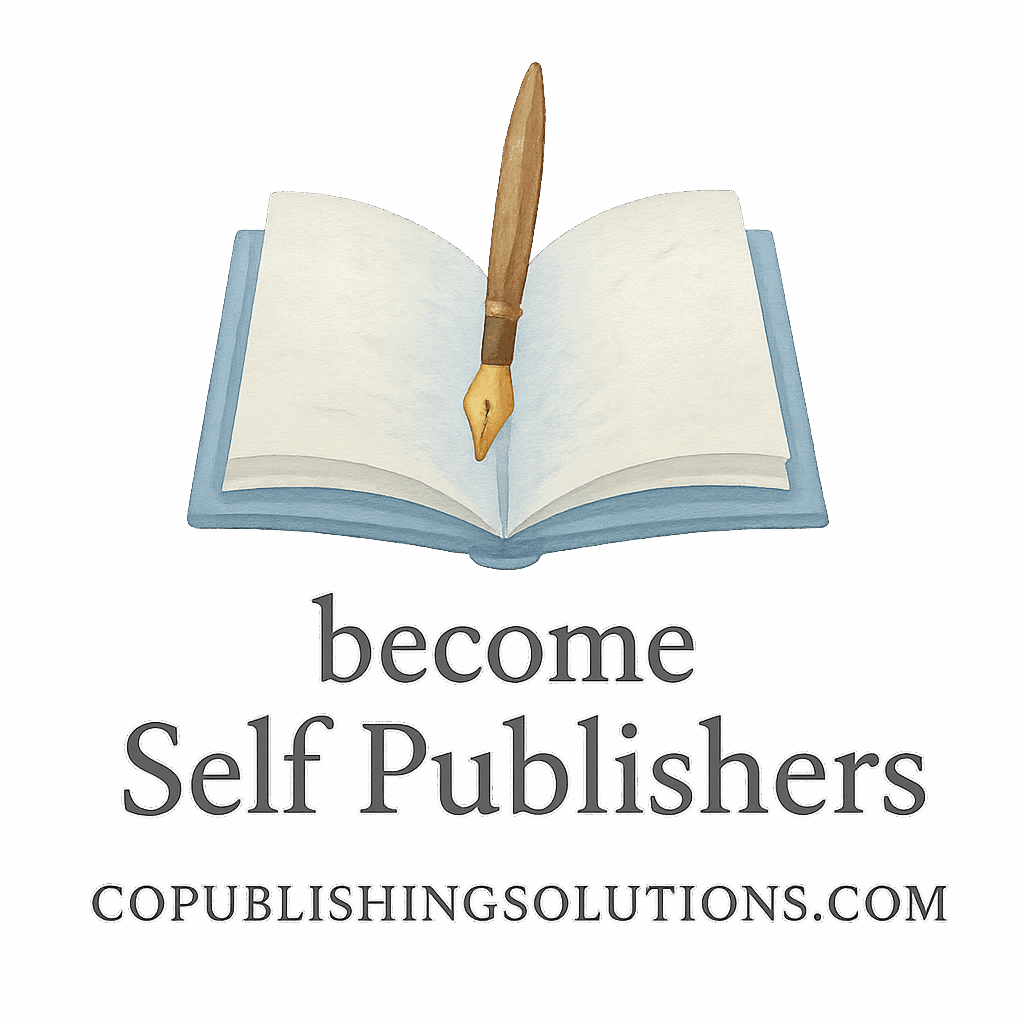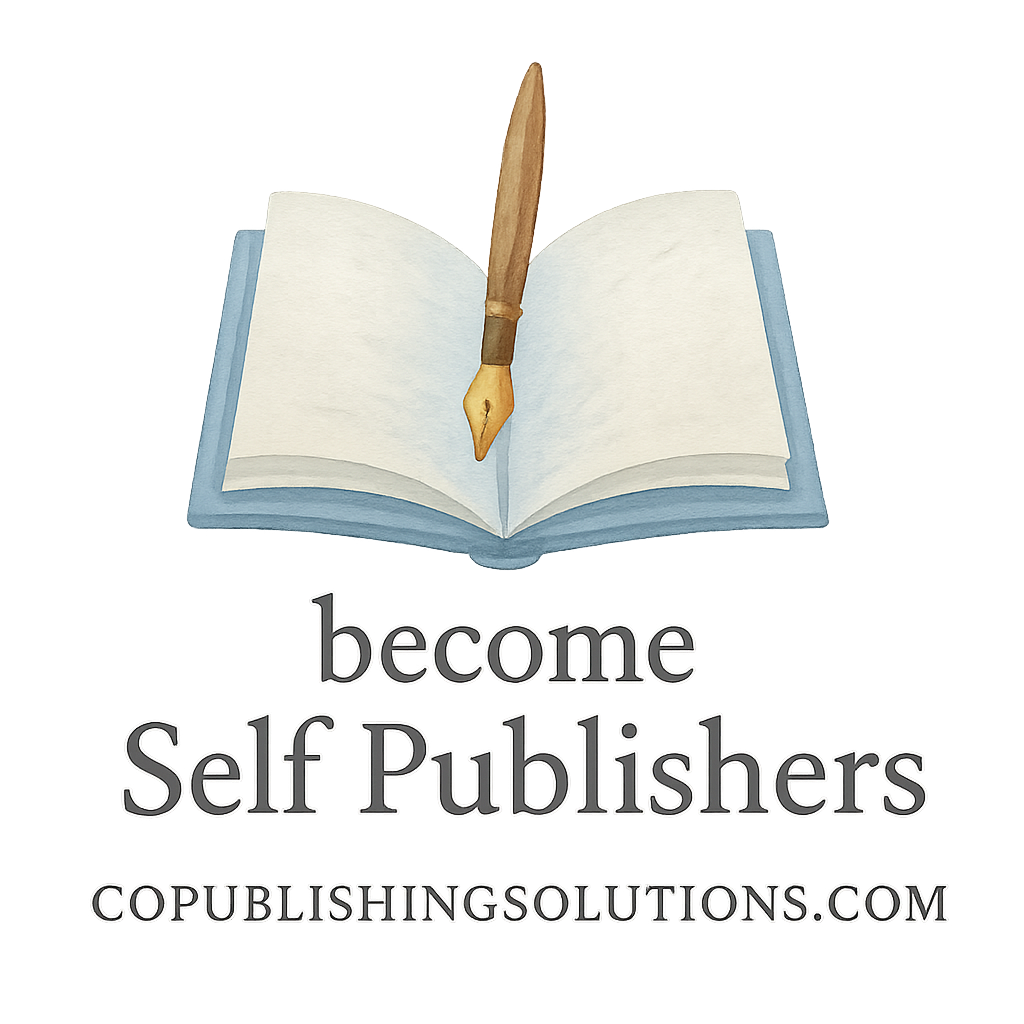Introduction
So, you’re diving into the world of self-publishing? That’s awesome! Whether you’re writing fiction, nonfiction, or a how-to guide, there’s something all successful self-published books have in common — structure. More specifically, the right pages in the right places. Let’s be real: your book could have killer content, but without the essential pages, it could feel incomplete or amateur.
This article will walk you through the 5 must-have pages in your self-publishing book, making sure your work looks polished, professional, and reader-ready.
Why Structure Matters in Self-Publishing
First Impressions Count
Ever heard the phrase “don’t judge a book by its cover”? Well, readers do — and not just the cover. They peek inside, glance at the layout, and look for familiar structural cues. If something’s off or missing, they might bounce quicker than you can say “chapter one.”
Reader Expectations in Modern Publishing
Today’s readers are savvy. They’re used to professionally structured books, and they expect yours to match up — especially if you want to be taken seriously as a self-published author. Your structure isn’t just for aesthetics; it builds trust and keeps readers engaged.
1. Title Page
What It Includes
Simple yet powerful, the title page is often the first printed page of your book. It usually contains:
- The book title
- The subtitle (if applicable)
- The author’s name
- Publishing imprint (if you have one)
Design Best Practices
Keep it clean. No need to get flashy. Use high-quality fonts, center the text, and make sure it reflects the tone of your book. For more design tips, check out Book Design and Book Pages.
2. Copyright Page
Legal Protection for Authors
The copyright page isn’t just filler. It’s your legal armor. It says, “Hey world, this is mine.”
Elements to Include
Copyright Notice
The basic line: © [Year] [Author’s Name]. All rights reserved.
ISBN & Publisher Info
If you’ve purchased an ISBN, it goes here. Also, include your publisher’s name — whether it’s your own imprint or a service.
Disclaimers & Rights Statements
If your book is fiction, include a standard disclaimer like: “Any resemblance to actual events or persons is purely coincidental.”
Learn more on Self-Publishing Basics.
3. Table of Contents
Navigational Importance
A clean, clickable table of contents (especially in eBooks) is like a GPS for your readers. They know where they are and where they’re headed.
How to Format It Professionally
Use consistent formatting and ensure chapter names match what’s in the book. Automatic TOC generators in tools like Scrivener or Vellum can make life easier. Dive into more helpful Publishing Tools & Platforms.

4. Acknowledgments Page
Personal Connection with Readers
Want to humanize your brand? Say thanks. It’s that simple. An acknowledgments page lets readers see the people who supported your journey.
Who to Thank & Why It Matters
Mentors, editors, beta readers, and even your cat who kept you company during all-nighters — they deserve a mention. Gratitude builds community.
5. About the Author Page
Building Author Credibility
This is your chance to shine! Tell readers who you are, why you wrote the book, and what you care about.
What to Include for Engagement
Add a short bio, headshot, website, social links, and other books you’ve written. Don’t forget to link to your Author tag page to boost discoverability.
Bonus Pages Worth Considering
Foreword or Preface
Not every book needs one, but if you’ve got a powerful backstory or a well-known person to vouch for you, use it.
Call-to-Action Pages
Want more reviews? Ask for them. Want readers to sign up for your newsletter? Include a call-to-action. This is a smart way to boost Marketing & Monetization.
Self-Publishing Tools and Strategies
Tools that Make Page Creation Easier
Programs like Scrivener, Atticus, or Vellum streamline the publishing process. Explore more at Publishing Tools & Platforms.
Strategic Content Layout Tips
Focus on structure, readability, and visual flow. Think of your book like a well-designed website — it should guide, not confuse.
Want to master your layout game? Check out resources under Structure and Formatting.
Linking Pages with Publishing Goals
Marketing and Monetization Synergy
Your book is more than just content; it’s a marketing engine. Each page — from the TOC to the About the Author — can help you generate Passive Income, build Collaboration opportunities, and grow your Publishing Business.
Level up your strategy with Advanced Publishing Growth and master your Publishing Content Strategy.
Conclusion
Self-publishing doesn’t mean cutting corners — quite the opposite. The best indie authors pay extra attention to detail. By including these five essential pages — Title, Copyright, TOC, Acknowledgments, and About the Author — you lay the foundation for a book that not only reads well but looks the part too.
The more professional your book appears, the better your chances of growing your readership, making money, and being taken seriously in the publishing world.
For more self-publishing wisdom, templates, and tools, visit CoPublishing Solutions.
FAQs
1. Can I skip any of these pages if I’m in a rush?
Not if you want your book to look professional. At minimum, include the Title, Copyright, and TOC pages.
2. What’s the difference between a Foreword and a Preface?
A foreword is written by someone else; a preface is written by the author.
3. Do I need an ISBN for self-publishing?
Yes, if you want to sell in most retail stores or online platforms. More on that here.
4. Can I design these pages myself?
Absolutely, but tools like Vellum or Atticus can make it much easier and more polished.
5. How do these pages affect my book’s marketing?
They build credibility and can include CTAs that drive traffic to your site or newsletter.
6. Should I include social media links in my About the Author page?
Yes! It helps build a following and keep readers engaged beyond the book.
7. Where can I learn more about self-publishing success?
Explore CoPublishing Solutions and check out tags like Self-Publishing, Tools, and Writing.


